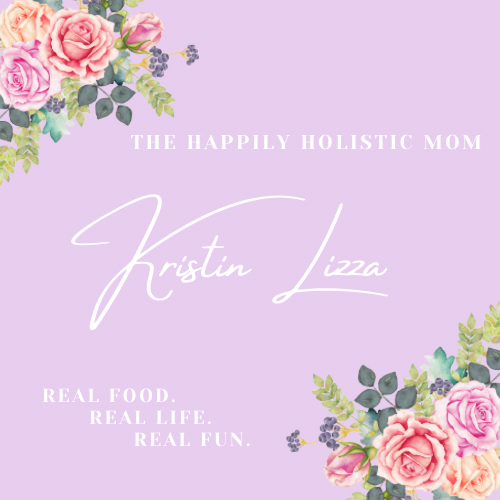Here’s your step-by-step guide to building the worlds easiest raised garden beds using no tools.

Have you ever tried gardening in a raised bed?
If you’ve never had a raised garden bed before, you’re going to be pleasantly surprised with the results.
Let’s build a garden bed (or 3) together using zero tools! It’s way easier than you think! I would even dare to say that anyone can do it. I have tried many gardening methods including container gardening and in-ground gardening and have failed miserably. When I up-leveled my garden with these easy-to-build beds, my garden took off like never before.
Where I learned everything I know:
I learned this method and most of what I know about gardening from Jessica Sowards at Roots and Refuge. Here is the exact tutorial I used to make my first set of raised garden beds.
Some of the many benefits of raised garden beds:
*Quality control of your soil, therefore less risk of diseases.
*Less bending.
*Less weeding.
*Quickest solution to poor drainage.

Why you want to use cedar boards:
You specifically want to use cedar for this project for a few reasons. One reason is that cedar naturally repels insects. Another reason is that cedar is rot resistant-meaning it’s not treated with a chemical lacquer that will leach into your beautiful soil/garden. Untreated lumber rots easily but cedar will last you YEARS even through the harshest of winters.

Protecting your hard work with a wire fence:
If wildlife such as deer and rabbits are a factor, you’ll probably need a small fence around your garden which is relatively easy and quite worth putting up. You would not be happy if you woke up to find that your garden has been ravaged overnight. A few T posts, zip ties and wire fencing will keep them all away from your hard work.

Materials needed for one 4×8 foot bed:
Zero tools
6 cedar boards cut to 8 feet
6 cedar boards cut to 4 feet
8 corner blocks
Landscape fabric
*Optional but recommended: cardboard to lay down as a weed barrier under your soil.
I went to The Home Depot and found the cedar boards I wanted and I had an employee cut my boards to the length I needed. They will do this in most hardware store so I highly recommend taking this shortcut to make this project even easier!
You could easily modify this project to a smaller sized bed by making it 4×4 and cutting all your boards to 4 feet in length.

Let’s build some garden beds:
Step 1: Map out your garden location
Pick a level spot that gets at least 6-8 hours of full sun a day.
Measure to be sure you have enough space. 4×8 feet is needed for each garden bed. Leave yourself enough room to walk around your beds so you can reach all your plants easily.
Make sure you pick a spot with access to water so you can water your garden.
Step 2: This step is completely optional but I highly recommend removing the top layer of grass from where you’re putting your bed/beds only because you’ll have much less weeds as opposed to skipping this step. The easiest way to remove the grass is to spray paint around the patch of grass you’re removing and using a flat shovel, start going around the spray painted area. You’re going to basically shave the top right off until all you have left is dirt in the area you’ve selected for your garden.
Step 3: Lay your landscape fabric down where you removed the grass if you chose to do so. You can secure the fabric using metal stakes designed for landscape fabric or even rocks or bricks.
Step 4: Place your 8 foot boards and your 4 foot boards in rectangular shape. Place one corner block in each corner where your cedar boards meet and slide the boards down into the corner blocks so that they’re securely inside the notch in the blocks. Place your second corner block on the first block. Stack the boards 3 high on the 8 foot side and on the 4 foot side.
Step 5: When everything looks pretty even like a perfect rectangle, you can lay your cardboard down if you’re using any.
Step 6: Fill your bed/beds with high quality topsoil-organic if possible. The most cost effective way to do this is to find a good local source and have a truckload of topsoil delivered to you. We lay a tarp down next to the garden and have the soil dumped on the tarp and then we fill the beds using a wheelbarrow.
Step 7: You are ready to plant your veggies!

What can I grow in a raised bed?
You can grow an endless list of fruits and vegetables in these raised garden beds including:
*Tomatoes
*Cucumbers
*Peppers
*Squash, Zucchini
*Strawberries
*Blackberries
*Lettuce, Spinach, Arugula
*Fresh Herbs
*Potatoes
*Carrots
*Beets
*Beans
*Peas
Check out my post on what to plant in your new garden beds so you have the most success. I hope this post helped encourage and inform you on how simple it is to start growing your own food in a small space. Thank you so much for being here!
